Weeds- the bane of every gardener. Growing would be so much easier if it weren’t for those pesky weeds. Not all weeds are alike. Some weeds are illegal to knowingly purchase, grown, maintain, or sell. Those are state noxious weeds. Others are just invasive.
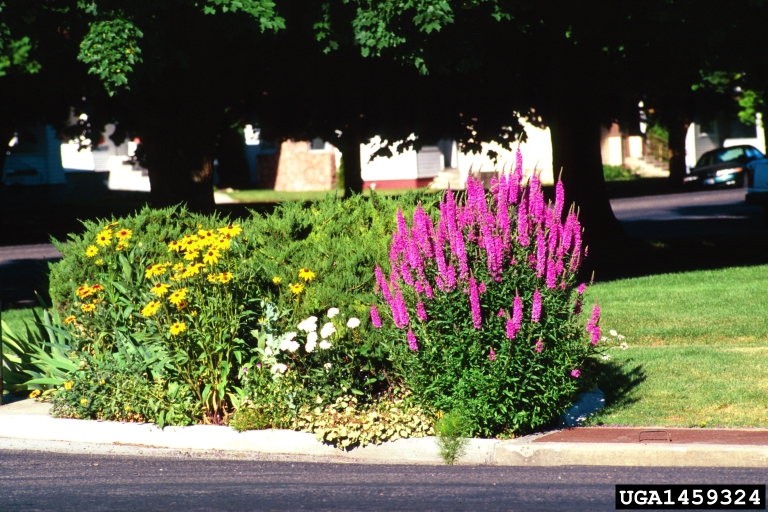
In Colorado out of over 1,000 non-native plant species, there are 76 state listed noxious weeds. List A species are rare in Colorado for the most part- and we need to keep them that way. Some List A species are fairly common because of garden cultivation- such as myrtle spurge and purple loosestrife. Several List B and List C species are found throughout the state in forests, woodlands, prairies, wetlands, abandoned lots, roadsides, trail sides, in yards and gardens.
At Rosedale Garden, several List B and C species are notoriously bothersome. Bindweed, puncture vine, common mullein, quackgrass are common. All around Rosedale, there are other List B and List C noxious weeds waiting for the prime moment to enter and take over. These include Canada thistle, Russian and diffuse knapweed, whitetop, cheatgrass, and leafy spurge.





In some residential yards, bouncingbet, Dame’s rocket and sulfur cinquefoil are List B noxious weeds proliferating from yard maintenance because they are vibrant or have historic cultivated uses and people either don’t know or don’t care that they are prohibited by state law. But gardeners, beware! These plants are listed as noxious for a reason! Like bindweed, many are extremely difficult to control without use of multiple herbicide applications. At the first sign of these plants- they should be removed, bagged and trashed. Flower heads and seeds should definitely not be composted as seeds remain viable for some of these plants for 100 years.



Other degenerate invasive plants in our garden include western ragweed, purslane, kochia, foxtail, and pigweed. Truth be told, these plants are so prevalent in so many locations that it seems we can no longer control them and this is why they are not state listed as noxious. Many to our dismay are resistant to herbicides and other methods of control.
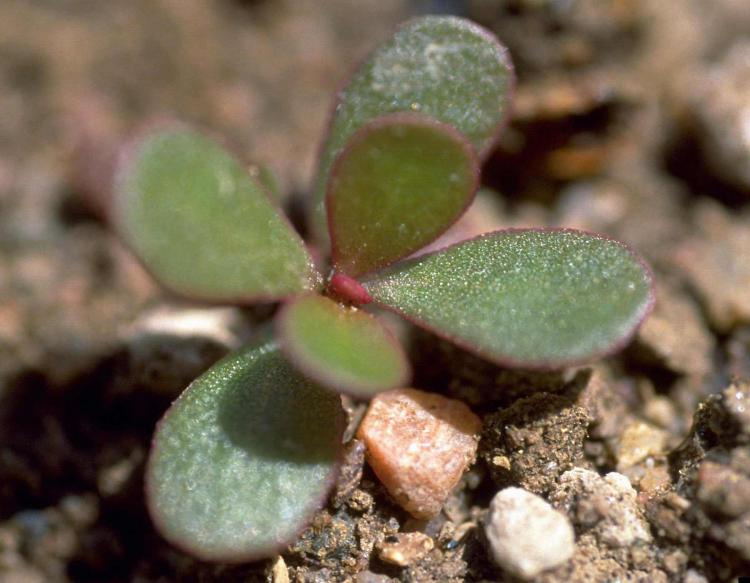
puslane 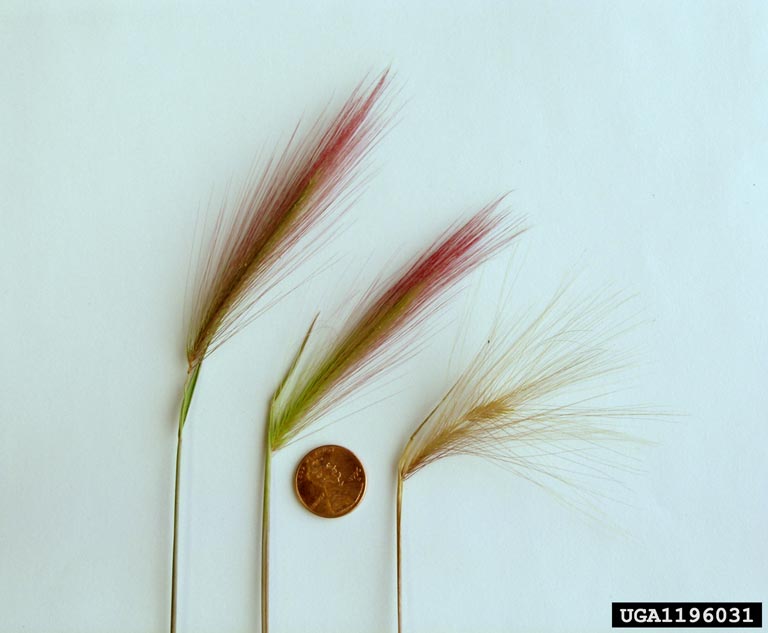
foxtail 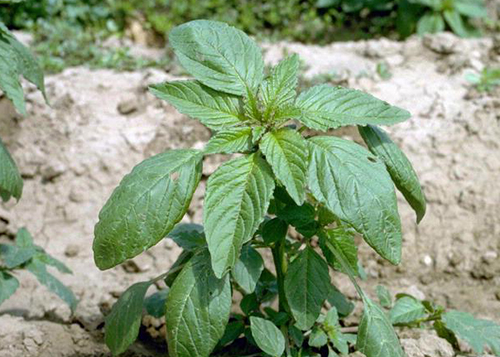
pigweed 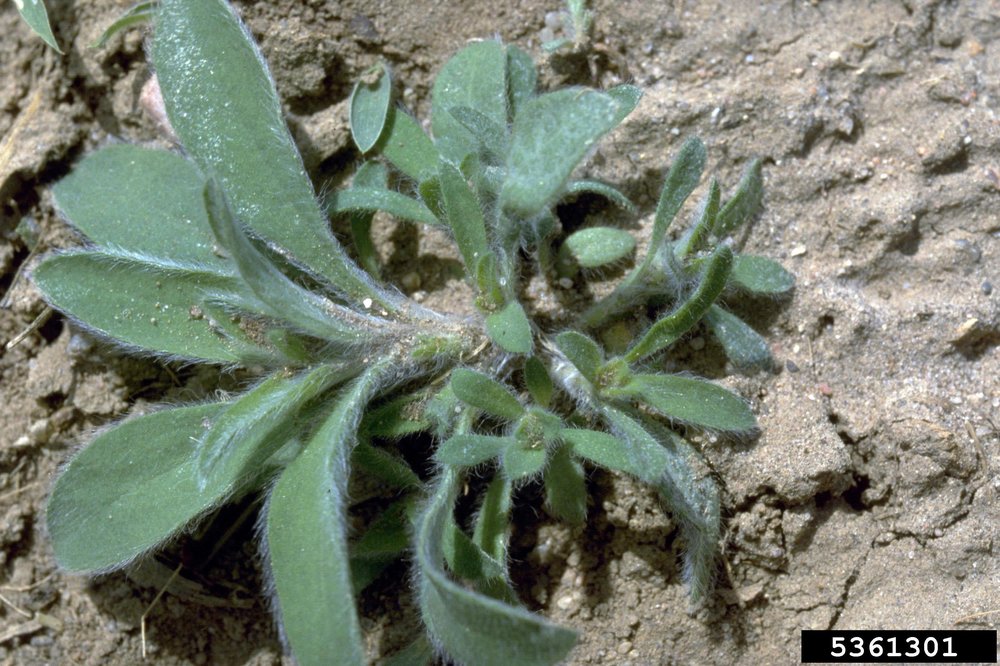
kochia
Since Rosedale is an organic community garden, the methods we have to control these plants are:
- biological control- such as using highly specialized insects or fungi that is obtained by contacting he Colorado Department of Agriculture’s Insectary,
- cultural methods that aim to out-compete the invasive with equally robust above-ground and below-ground plants or other materials, and
- mechanical methods that remove as much of the plant material as possible, above and below ground.
As many of us discovered, there are very few plants that can out-compete noxious or invasive weeds. Bluebunch wheatgrass is one of the most competitive grasses native to Colorado. This would be a good option for cultural methods.
Likewise, most mechanical methods, such as mowing, weed whacking, cutting, and digging stimulate plants to produce more flowers. Some plants reproduce by vegetative parts and seeds- such as bindweed and Canada thistle. Thus when mowing occurs, especially at the wrong time of year, seeds and vegetative material is dispersed to an area much larger than the original infestation thereby causing the infestation to increase in size. When plants are subjected to herbivory-like methods, they aim to increase their reproductive efforts so their offspring can persist if parent plants die. Of course, grasses specifically evolved to withstand persistent grazing so mowing and weed whacking are relatively ineffective control methods.
In some cases biological control methods can be effective but often this depends on the density of the target plants, the stage of the plants life cycle when agents are released. Furthermore, biological control agents are not available for every plant.
Since all three methods have limitations to some degree or another, the most effective approach is to use all three methods when possible. The goal should be to significantly weaken plant growth, prohibit green material from making carbohydrates, prevent roots from storing carbohydrates and eliminating as many reproductive parts as possible.
A few references that provide thorough scientific and professional descriptions of plant idenfitication, management concerns and control methods include:
Colorado Department of Agriculture, Noxious Weed Factsheets Available: https://www.colorado.gov/pacific/agconservation/noxious-weed-species
Forest Service Fire Effects Information System Database Available: https://www.feis-crs.org/feis/
Weed Control in Natural Areas in the Western United States by J. DiTomaso et al. 2013, Available: https://www.cal-ipc.org/product/weed-control-in-natural-areas-in-the-western-united-states/